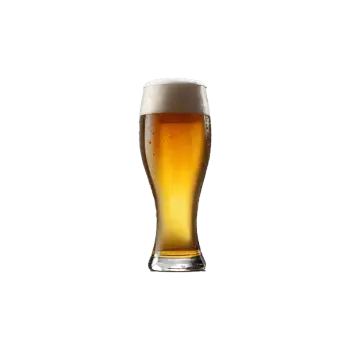In order to ensure traffic safety and reduce the risks of accidents related to the influence of alcohol, the Swedish Transport Agency has established strict guidelines for medical alcohol tests that are required before issuing a medical certificate.
CDT and GT – mandatory tests when verifying lasting sobriety
CDT
CDT is carbohydrate-poor transferrin, with high and regular alcohol consumption the percentage of CDT in the blood (serum) increases.
In order to reach an increased CDT value, above 1.9% according to the Swedish Transport Agency's criteria, a very high alcohol consumption is required, which corresponds to approx. 450 grams of pure alcohol per week for a longer period, usually for several months. There is no general guideline as to how much alcohol this is in units, but for a person of average weight it is approximately 5 glasses of wine per day according to the Swedish Transport Agency.
The CDT value normalizes after being free from alcohol for 2-5 weeks.
GT
GT, or glutamyl transferase, is a marker of liver damage or impact. With high alcohol consumption, the GT value often increases. A high GT value can also be caused by obesity, medication or liver disease.
PEth and other samples that can be taken when assessing alcohol consumption
PEth is a biomarker that can detect high alcohol consumption, this too can be used in assessing a person's lasting sobriety in addition to the CDT test.
In addition to CDT and GT and PEth, ALAT, ASAT and MCV Mean Corpuscular Volume other biomarkers that may be useful to clinicians in assessing alcohol consumption and demonstrated sobriety.
Keep track of your alcohol consumption
You can either order one of our larger health checks such as for alcohol consumption or choose individual alcohol markers for testing, see our range below. You can also read more about each alcohol marker on the product pages. Your test results are not shared with your health record.






















